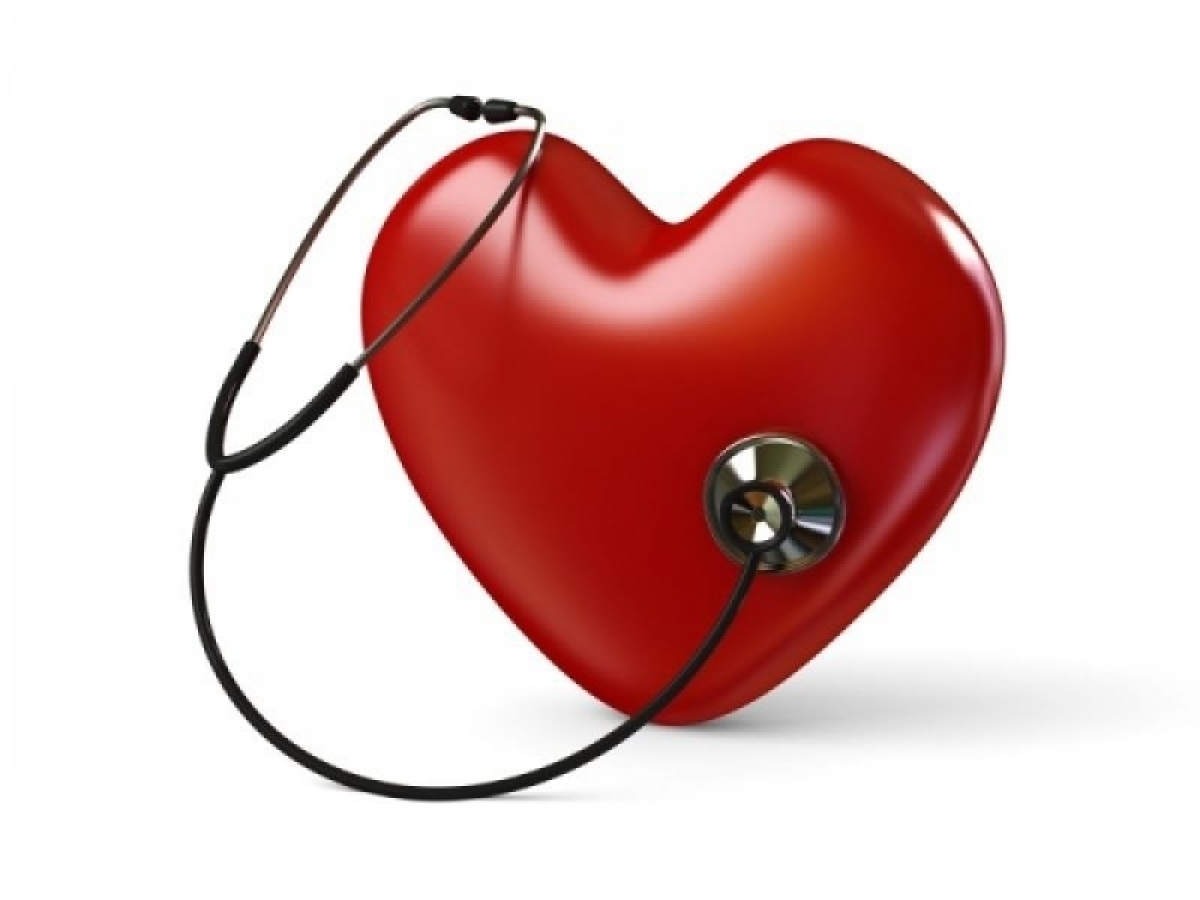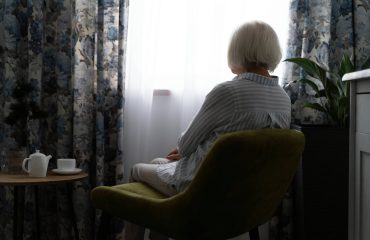Cardiovascular diseases claim more lives than all forms of cancers combined (over 600,000 yearly) and they are the number one killer of women according to the Heart Foundation. Especially troubling is that since 1984, more women have died from heart diseases than men. The reasons vary from genetics (family history) to lifestyle, smoking, and diet among others.
The experience of coronary artery disease is very different for men and women. Women have lower rates of heart disease until they reach menopause—then their risk of having heart attacks or developing cardiovascular diseases increases. What still eludes us is whether this is due to menopause or ageing.
The most common type of heart disease is coronary heart disease (also known as coronary artery disease) which kills nearly 380,000 people annually. Plaque, which is made up of fat, cholesterol, and calcium builds up inside the coronary arteries which supply oxygen-rich blood to the heart. This plaque build-up (atherosclerosis) can limit or completely block blood flow through an artery. Typical symptoms include chest pain (angina), fatigue and/or shortness of breath. However, for women, nausea and sweating may be the presenting symptoms.
In worst case scenarios, plaque may rupture, causing a blood clot to form that either blocks the artery or breaks off and travels elsewhere in the body causing a stroke or a heart attack or possibly Sudden Cardiac Death.
Luckily, medical interventions are numerous and range from traditional angioplasty –a surgical balloon inserted into the artery to metal stents to keep the artery open to the more invasive such as bypass surgery. However, there is a new intervention that might well render metal stents obsolete–bioabsorbable stents formally known as Bioresorbable Vascular Scaffold System (BVS).
In 2016, the FDA approved the first fully absorbable polymer stent to treat coronary artery disease, which also releases the drug everolimus to limit the growth of scar tissue. It is gradually absorbed by the body in approximately three years. After performing its main function, revascularization (opening the artery), it also repairs the artery wall, is absorbed and all but disappears leaving trace amounts of platinum markers so cardiologists can identify where the BVS was originally placed. This is a vast improvement over metal stents which are permanent, grow scar tissue and interfere with MRIs and other types of imaging. In addition, metal stents may result in severe complications such as thrombosis or restinosis (the narrowing of the blood vessel).
In a recent study, bioabsorbable stents were proven to be effective with no side effects or complications within the first year of use. However, after a two-year period some of the participants suffered cardiac events such as myocardial infarctions or revascularizations. It was also less effective for those who have small vessels (2.5mm or smaller) since the bioabsorbable stents have thicker struts than metal ones which interfere with or slow down the healing process. Interestingly enough, women have smaller coronary vessels than men so this first generation BVS may not be of much value at present. At a recent roundtable discussion, doctors noted that intravascular ultrasounds or optimal coherence tomography (OCT) and proper pre-and post dilation of the vessel may be necessary with a bioabsorbable stent as opposed to a metal stent.
Clearly, more clinical trials are warranted to prove efficacy and safety and most certainly, more women should take part in these trials. One of the leaders in the field, Abbot Vascular is pulling current bioabsorbable stents off the U.S. market but is planning a next generation version to address ongoing concerns—which also include price. BVS stents are more costly in comparison to metal stents.
Nevertheless, bioabsorbable stents show tremendous promise in the fight against coronary heart disease and the future still looks promising.
By Rose-Marie Brandwein
To learn more about women and heart disease, read Dr. Legato’s books, What Women Need to Know and The Female Heart: The Truth About Women and Coronary Artery Disease.
Nota Bene: “The first awareness that men and women experience cardiac disease differently came in the late 1980’s. In 1990, the American Heart Association asked me to collaborate with Carol Colman, a prominent journalist, on a book about coronary artery disease in women. Carol’s mother had died of coronary artery disease and Carol was convinced that her mother’s physicians knew nothing about the different experience females had with this illness. Not only were women’s symptoms not understood but they were also being underdiagnosed, told their complaints were neurotic and they were grossly undertreated compared to men. Our book won a prize from the American Heart Association and the data suggested that we should look beyond hearts to all other parts of the body for differences between the sexes. We and others (throughout the world) were inspired to do comparisons of men and women’s normal function and their different experiences of the same diseases. The work of an international community of scientists established a new discipline: gender-specific medicine. A summary of some of those unexpected and remarkable differences are summarized in my book, EVE’s RIB. The realization that doctors must have detailed information about the unique features of disease in the sexes is continuing to expand and is saving lives every day.” –Marianne J. Legato, M.D.
Strategic Communications Professional/Content Strategist/Marketing Communications Consultant





